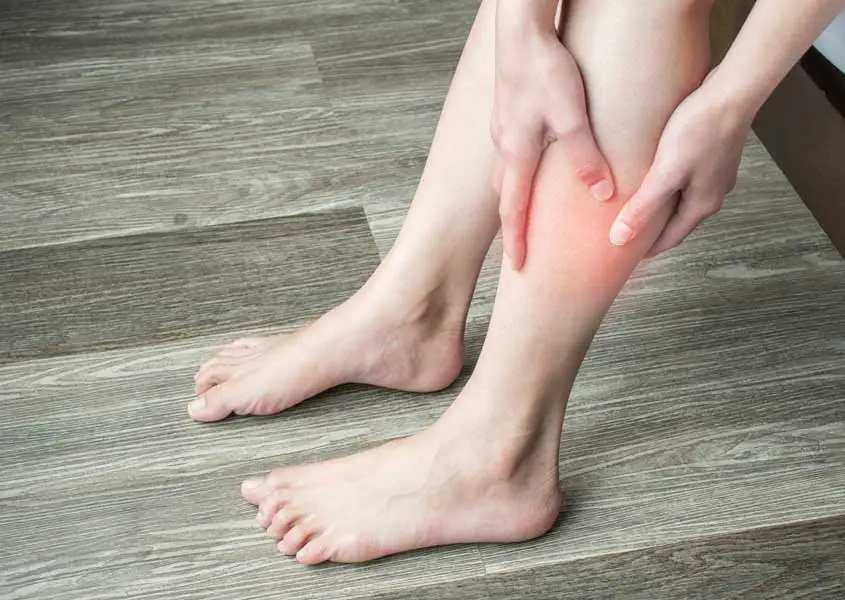In the field of medical diagnostics, vascular Doppler ultrasound plays a crucial role in detecting and diagnosing various vascular conditions. This non-invasive and safe procedure allows healthcare professionals to assess blood flow, identify potential abnormalities, and provide early intervention. In this article, we will explore the reasons why you should consider having a vascular Doppler ultrasound and the numerous benefits it offers.
Understanding Vascular Doppler Ultrasound:
Vascular Doppler ultrasound is a medical imaging technique that employs sound waves to evaluate blood circulation in veins and arteries. By using this method, medical experts can analyze the velocity and direction of blood flow, identify blockages, detect blood clots, assess blood vessel abnormalities, and evaluate the effectiveness of treatments. The procedure involves the use of an ultrasound transducer that emits sound waves, which bounce off red blood cells in the bloodstream. The transducer then captures the reflected sound waves, allowing the creation of detailed images and providing valuable diagnostic information.
Why You Should Consider Having a Vascular Doppler Ultrasound:
Early Detection and Prevention: One of the primary reasons to undergo a vascular Doppler ultrasound is early detection and prevention of vascular diseases. By assessing blood flow and identifying potential blockages or abnormalities, medical professionals can intervene at an early stage and prevent the progression of conditions such as peripheral artery disease, deep vein thrombosis, and carotid artery disease. Early detection allows for timely treatment and minimizes the risk of severe complications.
Accurate Diagnosis: Vascular Doppler ultrasound enables healthcare providers to obtain accurate and detailed information about blood flow and vascular structures. This non-invasive procedure provides real-time images, aiding in the diagnosis of various conditions, including varicose veins, aneurysms, and arterial stenosis. By precisely identifying the location and severity of vascular abnormalities, medical professionals can tailor treatment plans to each patient’s specific needs.
Non-Invasive and Safe: Unlike invasive procedures, such as angiography or exploratory surgery, vascular Doppler ultrasound is non-invasive, meaning it does not involve any surgical incisions. This makes it a safer alternative for individuals with certain medical conditions or who are at high risk for complications. Vascular scans are painless, do not require anesthesia, and are generally well-tolerated by patients of all ages.
Monitoring Treatment Progress: Vascular Doppler ultrasound plays a critical role in monitoring the effectiveness of treatments and interventions. By regularly performing follow-up scans, healthcare providers can assess if blood flow has improved, blood clots have dissolved, or if further intervention is necessary. This allows for adjustments in treatment plans, enhancing patient outcomes and preventing potential complications.
Enhanced Management of Chronic Conditions: Individuals with chronic vascular conditions, such as diabetes or hypertension, can benefit significantly from vascular Doppler ultrasound. Through regular scans, healthcare professionals can detect and manage any changes in blood flow or vascular structures, providing tailored treatment plans to reduce the risk of complications. This proactive approach to managing chronic conditions helps individuals lead healthier lives and avoid more invasive interventions.
Conclusion:
In conclusion, having a vascular Doppler ultrasound is crucial for early detection, accurate diagnosis, and effective treatment of various vascular conditions. This safe and non-invasive procedure allows healthcare professionals to assess blood flow, identify potential abnormalities, and monitor treatment progress. By undergoing regular scans, individuals can actively manage their vascular health and reduce the risks associated with untreated conditions.

